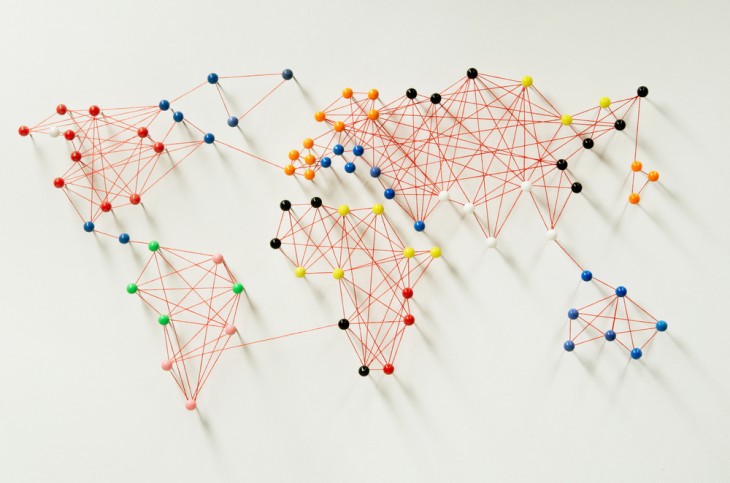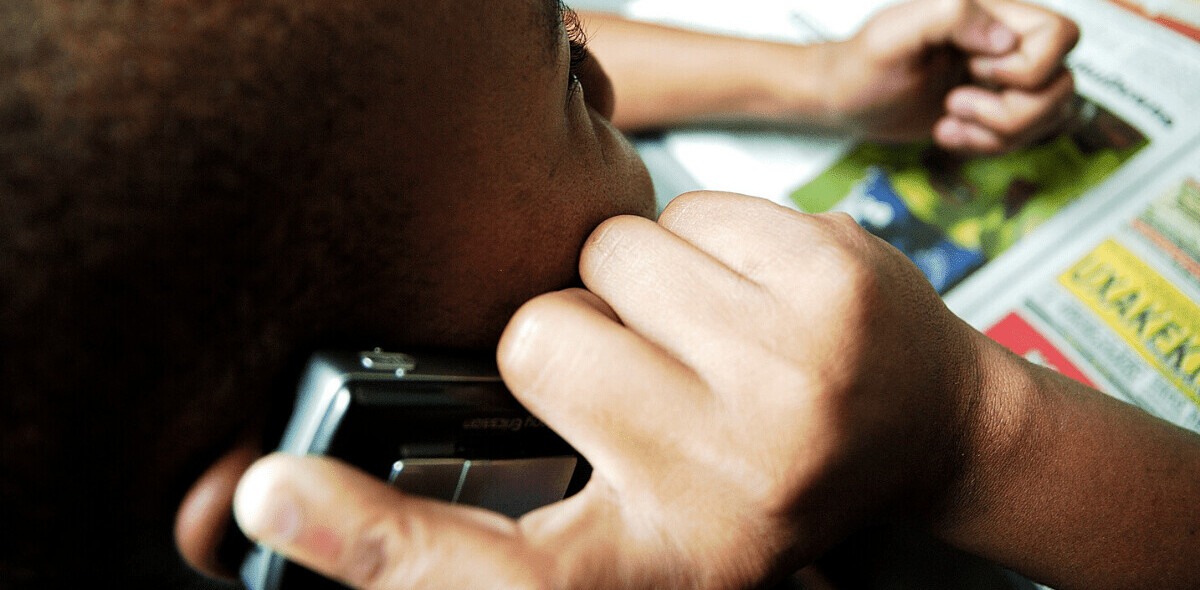
With the tech ecosystem across Africa progressing in leaps and bounds and turning the continent into the next big frontier for product and service providers alike, the challenge is becoming clear to those vying for a slice of the African market. And it’s that “good enough for Africa” will not do.
The race is on to match global standards for services and devices, which nonetheless remain viable taking into consideration some of the quirks of Africa’s consumer demands.
One key question currently thwarting telecommunications operators across Africa is how to achieve universal internet access on a continent of over 30 million square kilometers – covering 54 countries – and with more than 1 billion people. And for that access to be of good quality.
Enabling ‘real’ internet
Despite the international hype about mobile uptake in Africa, and claims that mobile internet offers the only way to achieve universal penetration, Nic Rudnick, chief executive officer (CEO) of Liquid Telecom – which has laid the largest fiber network across Africa to date – disagrees.
“You can’t enjoy the internet in Africa like in Europe or the US because 98 percent of Africans rely on mobile for access,” said Rudnick, adding that mobile devices can’t provide the speed and costs to enable browsing the “real” internet.
“The real question is how do we utilize the investments in the continent to make the ‘real’ internet available?”
In Rudnick’s estimation, to access or use the internet in the same way you would in Europe would cost between US$600 and US$1,200 in Africa – due to the scarcity of fixed line connections, and due to both fixed line and mobile data prices.
According to Rudnick, the critical question is how to bring the “real” internet into Africa at an affordable level.
Not all agree with Rudnick however, and many feel that mobile, wireless and alternative technologies are the only way rural areas in Africa can be connected.
“In Africa we have to be realistic, we can’t develop a fixed line network right now,” said Leon-Charles Ciss, marketing director at Orange Group. “So we have to put our focus into mobile networks such as 3G and 4G.”
Andile Nqcaba, chairman of Convergence Partners, agrees that wireless technologies including mobile networks will be the way to connect rural areas. However with limited spectrum available to network operators, Nqcaba said it may take time to reach these areas.
“Unless that spectrum is released it’s going to take a very long time to connect the rural areas,” he said, noting that to connect rural people access to the the lower bands of spectrum – from approximately 400 MgH to 750 MgH – is needed.
“For us, delivering broadband using all sorts of wireless technology is going to be critical.”
Wei Leping, chairman of the science and technology advisory committee at China Telecommunications – a company which has grappled with a similarly large-scale territory and population – says Rudnick is right to want high speed fixed line broadband in urban areas, but concedes mobile will be the only way to connect rural regions.
“LTE is the most flexible and personable technology available,” Leping said, adding that FTTH is a solution for urban areas.
According to Leping, if both solutions can be deployed together, everyone in Africa can be connected.
Never mind the service – what about methods of access?
Meanwhile, providers of satellite technology are also throwing their hats in the ring, with the technology and costs of satellite steadily coming down.
“The way we position ourselves is that we’re an additional tool in the toolbox of ways to provide internet in Africa,” said Jean Philippe Gillet, regional vice-president for Europe and the Middle East sales at Intelsat.
“We have a major role to play in helping to connect some rural areas which other methods aren’t able to reach,” Gillet said. “I’m very much of the opinion that satellite is very relevant today. More so than ever.”
Discussions about the power of mobile to provide universal internet access necessarily come hand-in-hand with discussions about what handsets are available, and at what cost. This is another area which sees eager device manufacturers scratching their heads.
With consumers in Africa shifting away from feature phones to smartphones, experts agree the race is on to produce low-cost devices – priced at under US$30 – which have full smartphone capabilities, and preferably in local languages and geared to local content.
“The market has changed dramatically in favor of smartphones,” Sagar Darbari, head of segments and devices at Airtel Africa said, adding that in three of Airtel’s African markets smartphone sales now outstrip feature phone sales.
However Darbari notes that in African markets, cost remains an important factor. He believes smartphones need to be developed which can retail for under US$10.
“If smartphones can start hitting those sorts of price points, that’s when the next round of development can happen in Africa,” said Darbari.
With this challenge in mind, Arif Chowdhury, vice president the Tecno Group revealed the device manufacturer is working to launch a sub-US$30 device next year.
Rick Fant, vice president for planning and ecosystem at Mozilla agrees the price point for mobile devices needs to come down to the range of the low US$30s, but he stresses they must be full smartphones able to do everything customers want.
‘Good enough’ is not an option
Raul Martinez, commercial director for Africa at Millicom, believes that while a “local” price point does need to be arrived at, this does not mean that low specifications are OK.
“In terms of consumer needs, increasingly there is the need for devices in local languages. Cost is something that matters in Africa, we can’t absent ourselves from that,” he said. “It’s about getting the right device, at the right price, with the right data package.”
As Martinez points out, it is not only the cost of devices which is important, but manufacturers and operators need to address the challenge of data costs, which remain exorbitantly high across much of Africa.
With many first time internet users in Africa connecting via smartphones, cost of data poses a big challenge to operators on the continent. However, the limitations in the size of the mobile data market in Africa make bringing data costs down – while accelerating infrastructure investment – difficult.
According to Fant, the key solution to both consumers’ and industry players’ problems is to get the next two billion people online and create a bigger market. Once economies of scale are established, the system becomes profitable for everyone and facilitates further investment.
While the answer may sound simple, Darbari notes: “The difficulty is not getting people with phones to use their phone more. But those who don’t have one to pick one up in their hand and start using.”
And with that, questions of fixed line versus mobile data, type and cost of devices available, come full circle, and the African market remains wide open for the taking.
Read next: How mobile data and services can contribute to Ebola response
Get the TNW newsletter
Get the most important tech news in your inbox each week.








